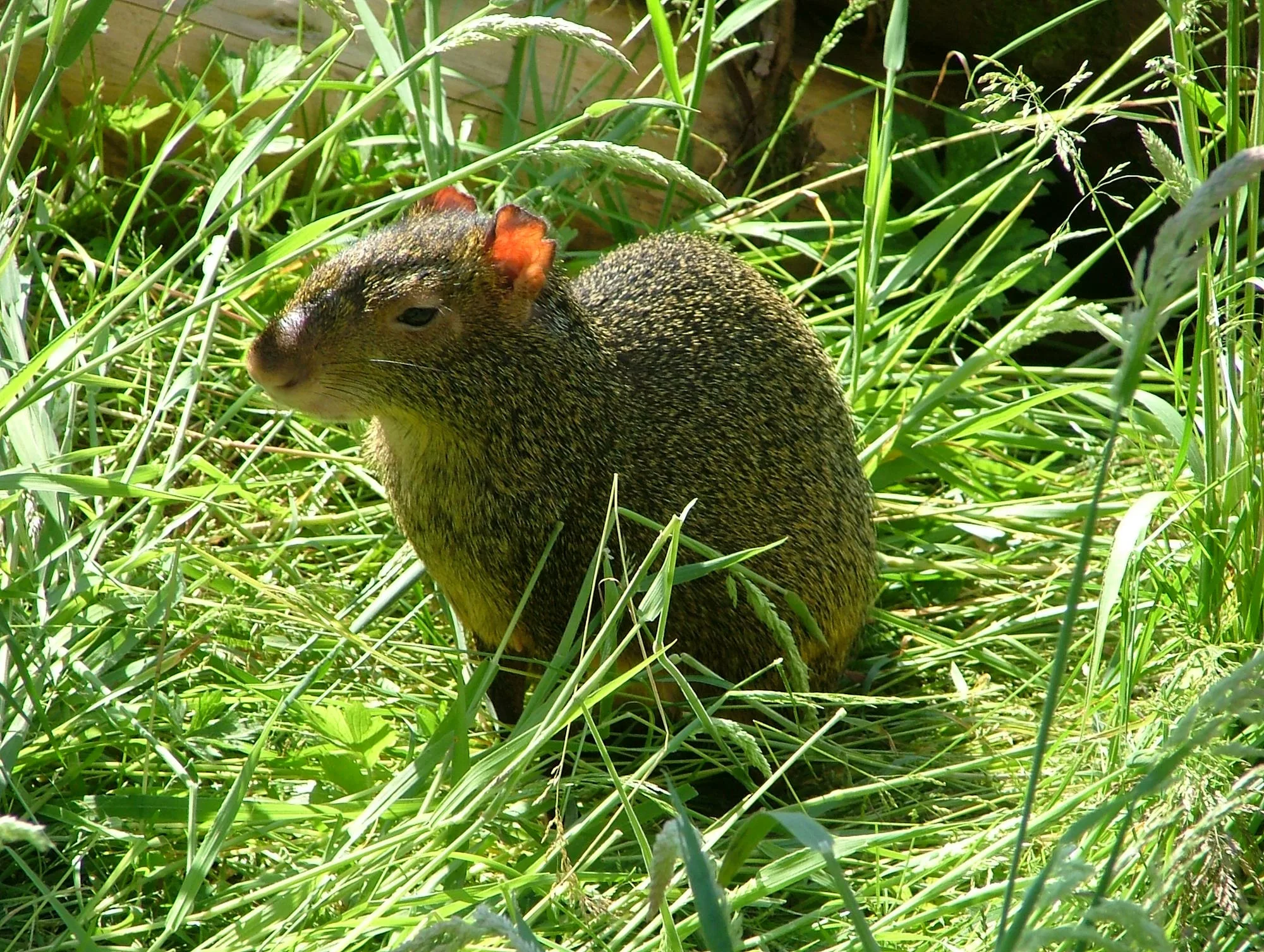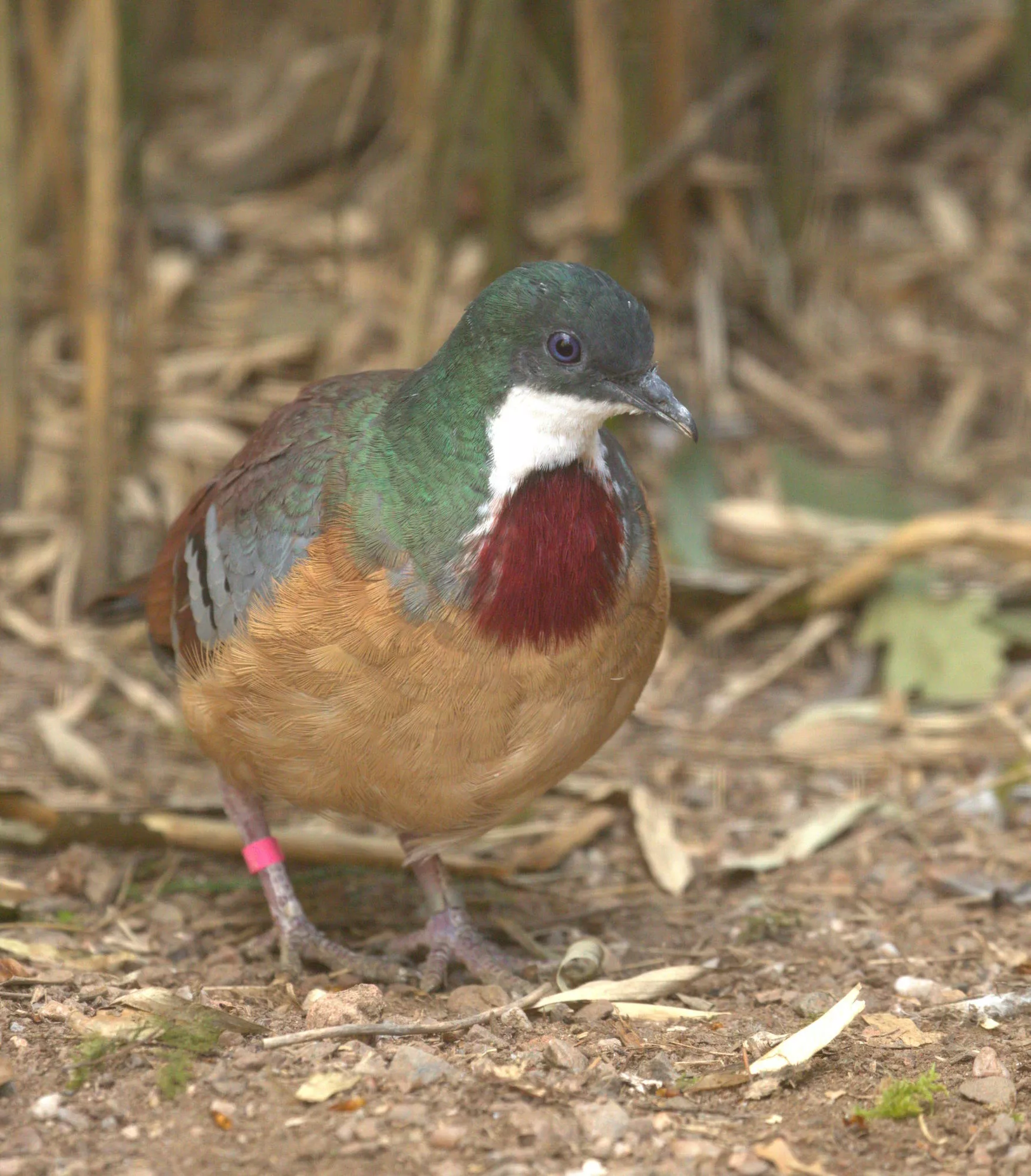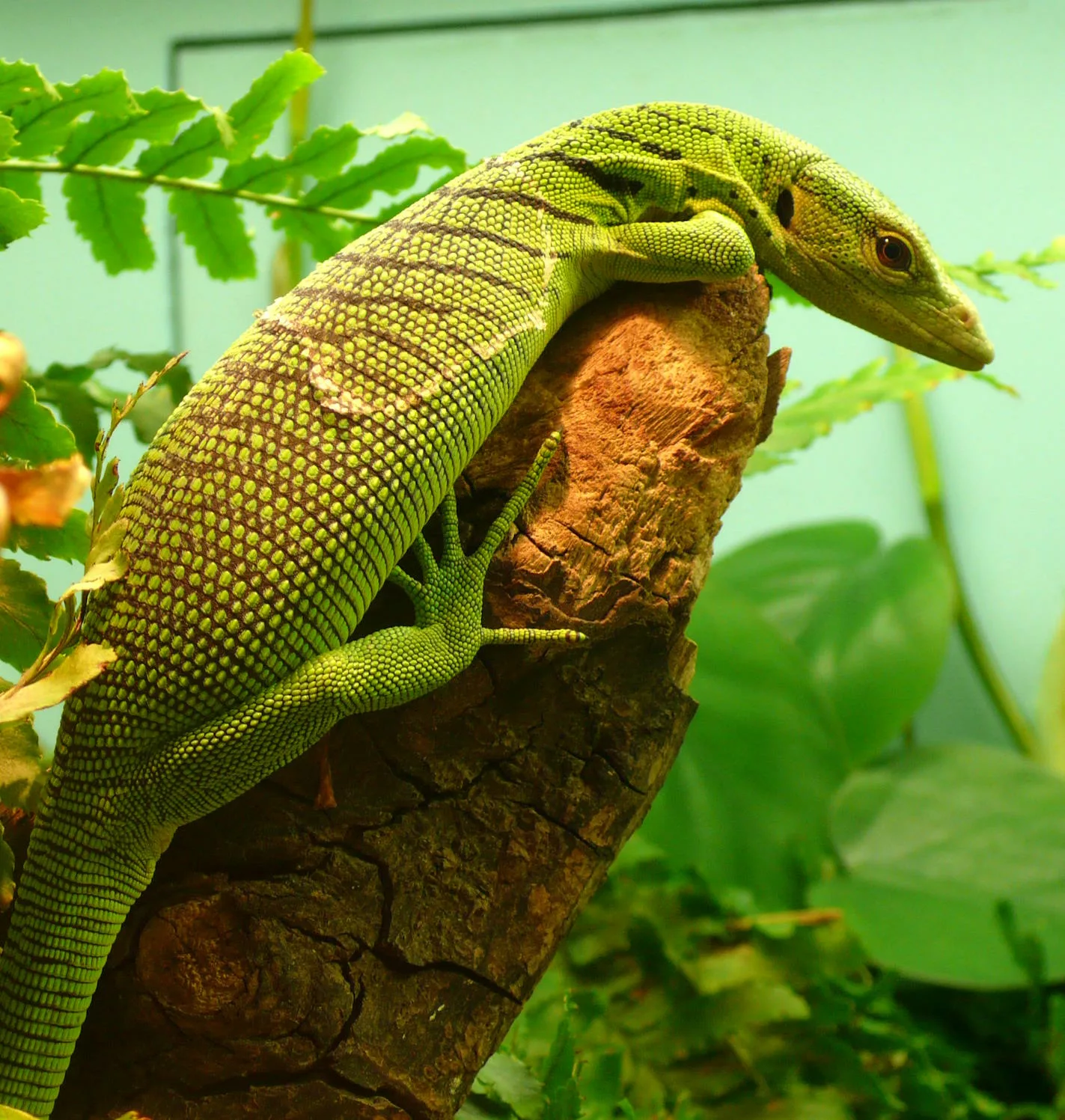
Common eider
Scientific name: Somateria mollissima
IUCN listed as: Near Threatened
Learn before you visit!
Here are some facts about the species – Discover what they eat, find out about their natural habitat, see what they like to do, and more… Set the reading style to suit you too, everyday speak or something aimed towards children.
Child-friendly
Everyday
Diet
The Common Eider primarily feeds on marine invertebrates, particularly molluscs such as mussels, clams, and snails. They are also known to consume crustaceans, sea urchins, and small fish. These ducks dive to the ocean floor to forage, using their strong bills to pry open shellfish. Their diet can vary depending on the availability of prey in their coastal habitats. In winter, when food is scarcer, they may venture further from shore in search of sustenance.
Common Eiders eat mostly sea creatures like mussels, clams, and snails. They also eat crabs, sea urchins, and small fish. They dive underwater to find their food and use their strong beaks to open shellfish. What they eat can change depending on what’s available where they live. In the winter, they might swim further out to sea to find enough food.
Breeding
Common Eiders breed in colonies, often on small islands or coastal tundra. The female lays between 3 to 6 eggs in a nest lined with her own down feathers, which provide excellent insulation. Incubation lasts about 24 to 28 days, during which the female rarely leaves the nest. The male usually deserts the female after the eggs are laid, leaving her to care for the chicks alone. After hatching, the chicks are led to water where they feed themselves, though they stay under the protection of the female.
Common Eiders lay their eggs in nests on small islands or coastal areas. The mother lines the nest with her soft feathers to keep the eggs warm. She stays with the eggs for about a month until they hatch. The father leaves after the eggs are laid, so the mother takes care of the chicks by herself. When the chicks hatch, the mother leads them to the water where they learn to find their own food.
Habitat
Common Eiders are found in coastal marine environments, particularly in the northern hemisphere. They prefer shallow waters near rocky shores, islands, and estuaries where they can dive for food. During the breeding season, they nest on coastal tundra or islands with sparse vegetation. In winter, they form large flocks and may migrate to more temperate coastal waters. Their habitat choices are influenced by the availability of food and suitable nesting sites.
Common Eiders live in coastal areas in the northern parts of the world. They like shallow waters near rocky shores and islands where they can find food. They nest on coastal tundra or islands with little plants. In the winter, they gather in large groups and might move to warmer coastal waters. They choose their homes based on where they can find food and good places to nest.
At the zoo
In zoos, Common Eiders are housed in enclosures that replicate their natural coastal and marine environments. These enclosures include pools for swimming and diving, as well as rocky or sandy areas for nesting. Zoos play a role in educating the public about these birds and their ecological importance. They are provided with a diet that mimics their natural diet, including a variety of seafood. Regular health checks ensure their well-being and help in the study of their biology and behaviour.
In zoos, Common Eiders live in places that look like their natural homes near the sea. Their enclosures have pools for swimming and sandy areas for nesting. Zoos teach people about these birds and why they are important. The eiders eat a variety of seafood just like they would in the wild. Zookeepers check their health often to make sure they stay healthy and learn more about them.
Behaviour
Common Eiders are social birds, often seen in large flocks outside of the breeding season. They are strong swimmers and divers, capable of reaching depths of up to 20 meters to forage for food. Their vocalisations include a variety of calls, with males producing a distinct cooing sound during the breeding season. These ducks are known for their cooperative behaviours, such as forming crèches where multiple females look after a group of chicks. This social structure helps increase the survival rate of the young.
Common Eiders are friendly birds that like to be in big groups when they’re not breeding. They are great swimmers and can dive deep to find food. They make different sounds, and males have a special cooing call during breeding season. Sometimes, several mothers will take care of their chicks together in groups called crèches. This teamwork helps the chicks survive better.
Fun facts
- Feather Liners: Common Eider nests are lined with the mother’s down feathers, which are very warm.
- Deep Divers: These ducks can dive as deep as 20 meters to find food on the ocean floor.
- Social Swimmers: Common Eiders often form large flocks, especially in winter.
- Crèche Care: Multiple female eiders sometimes take care of chicks together in a group, called a crèche.
- Migratory Birds: Common Eiders migrate to find better feeding grounds, moving to temperate coastal waters in winter.
- Soft Nests: Common Eiders use their own soft feathers to make their nests warm.
- Great Divers: They can dive really deep, up to 20 meters, to find food underwater.
- Big Flocks: These ducks like to hang out in big groups, especially when it’s cold.
- Teamwork Moms: Sometimes, mother eiders work together to take care of all their chicks.
- Winter Travellers: They move to warmer coastal areas in the winter to find more food.
More animals to discover at our zoo
Quick Links
Tickets & Prices
You can buy tickets for Exmoor Zoo securely online, as well as finding out more price options, discover offers, and more…
What’s on…
Exmoor Zoo hosts incredible Events all through the year. You can find out about what we’ve got in store here…
Routes & info
Like any great discovery, Exmoor Zoo can feel a little off the beaten path – but don’t worry – you can plan your journey with our recommended routes and other useful travel info.



























